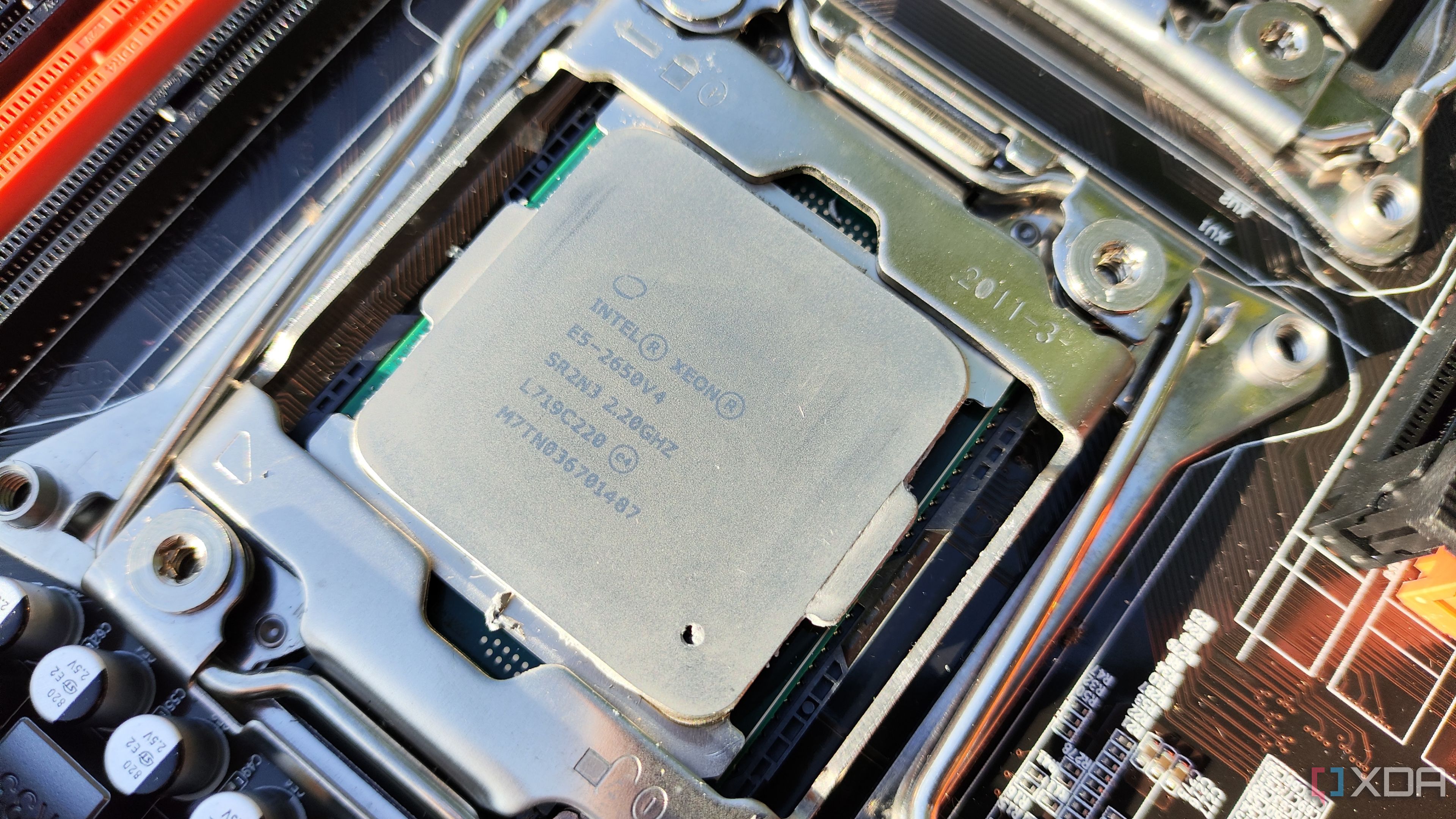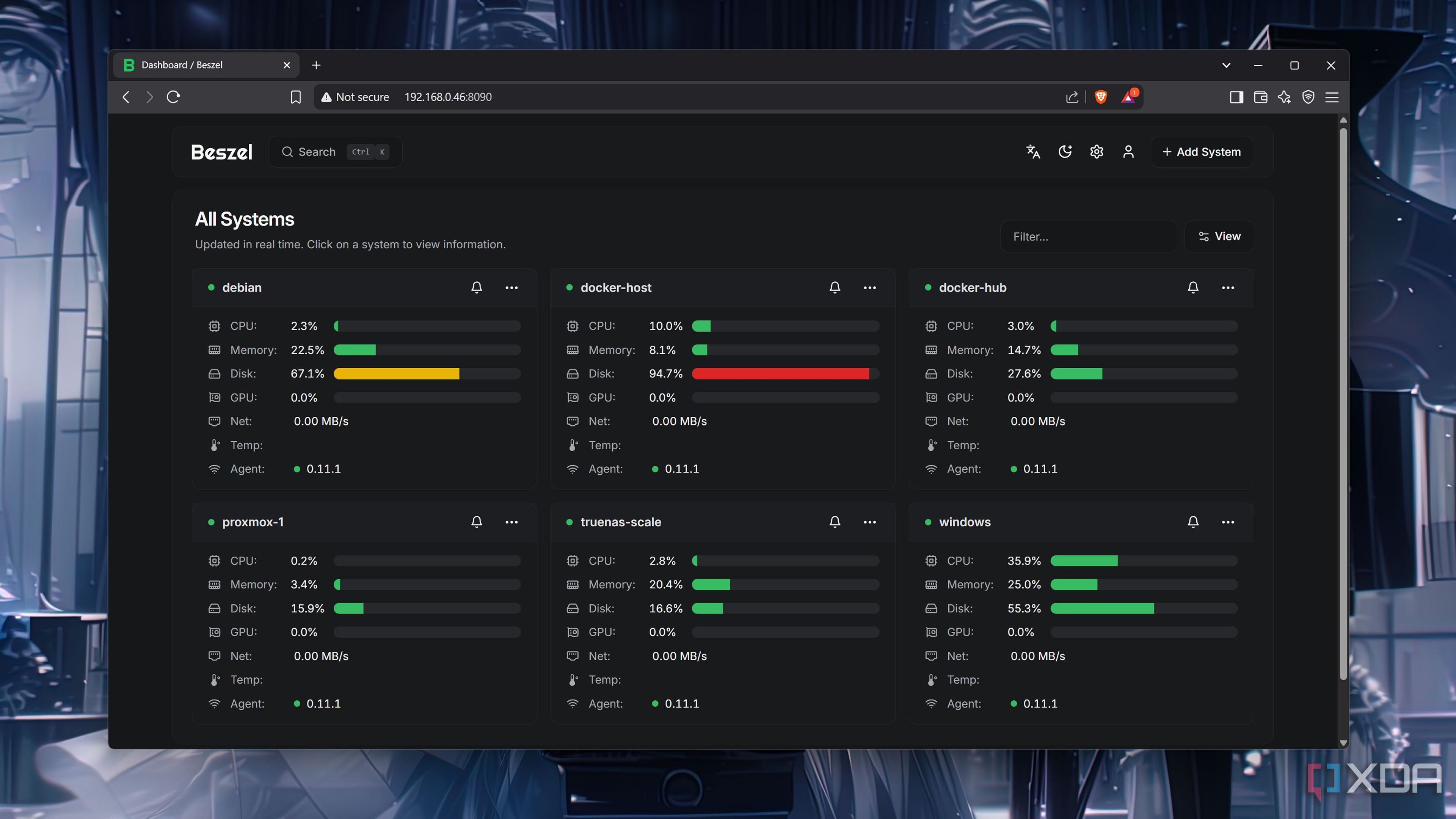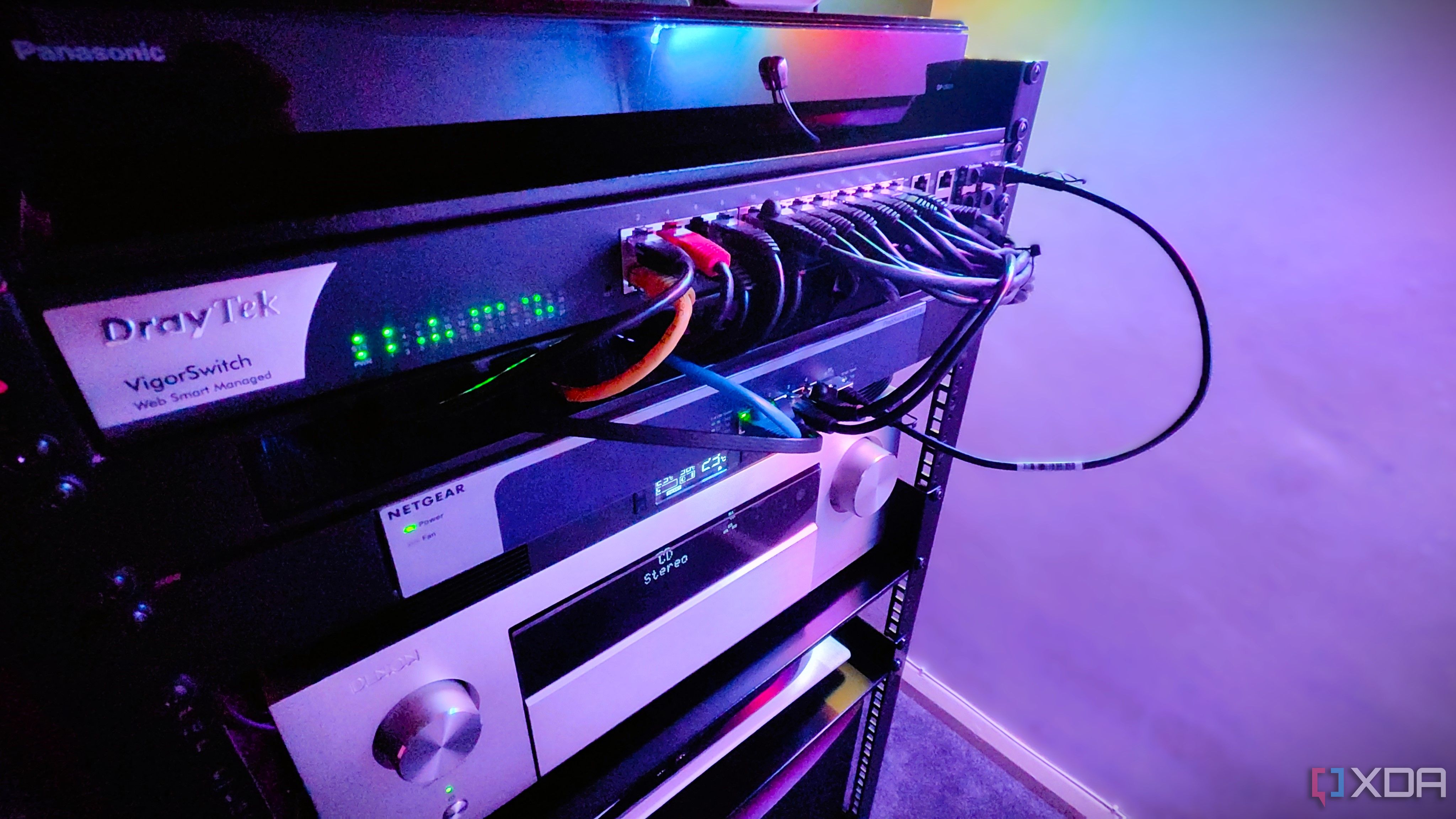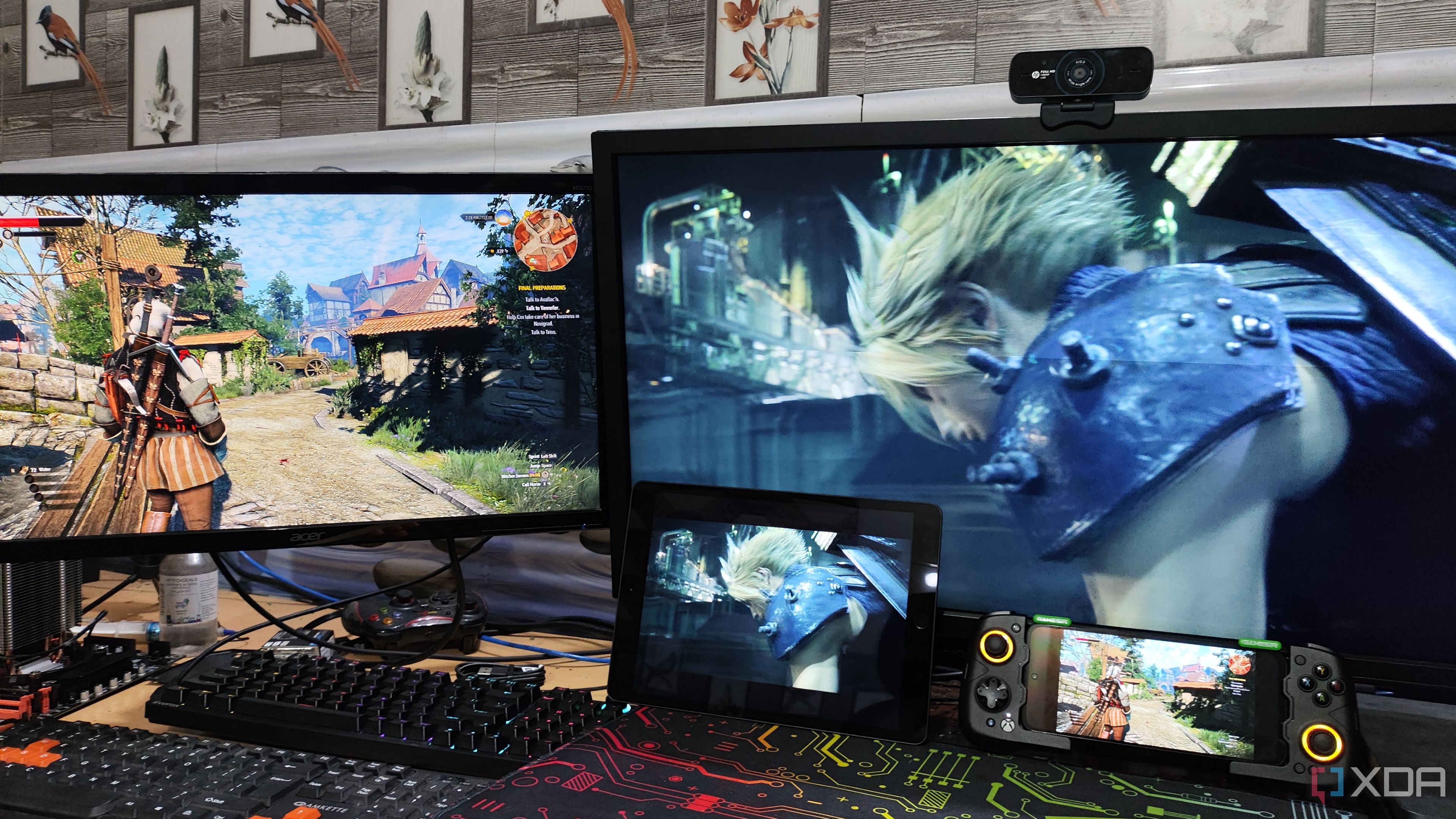Looking to build out your home lab with a powerful network-attached storage (NAS) solution? It may be time to consider upping your game with an Intel Xeon processor. Prebuilt turnkey enclosures such as the Synology DiskStation 925+ are great for beginners and those who simply wish to plug the device in and get started, but a Xeon-powered server can provide so much more than mere storage. You'll have access to considerably more power, the ability to configure your own server infrastructure, and run some truly capable software.
Here are some reasons why you should at least consider picking up a used Intel Xeon system as a NAS or home server.
4 Plenty of power at a low cost
Unlock your home lab's potential
Used Intel Xeon workstations are generally available for considerably less than their MSRP. It's possible to grab a server with a single Xeon chip, board, and some RAM for less than a few hundred, depending on your location and how much immediate demand their is on the available supply. It's possible to save considerably compared to a brand-new NAS from a reputable brand such as Asustor or Synology. It's also great for expandability since these motherboards typically have numerous PCI channels for countless expansion slots.
Although they may be older and not support the latest standards, Intel Xeon chips are notably more potent than their low-power or consumer-grade equivilents. You're not just buying a NAS here, you're investing in a smarter home and the potential to save money by self-hosting as much as you can. And because you're likely using older-gen hardware, RAM, and other compoennts can usually be bought for less. Finally, standard parts are used and while you won't be able to install the latest CPU using the same board, a replacement chip could be sourced at a discount.
Using a turnkey NAS enclosure would require a warranty RMA request or an entirely new product to be bought should something go wrong with the internal components.

Related
Cheap Xeon CPUs: solid bargain or outdated trash?
Just like every mouth-watering deal, budget-friendly Xeon processors have plenty of pros and cons
3 Easy access to enterprise features
ECC, redundant power supplies, 10Gb networking
An Intel Xeon workstation will likely come with some more advanced features usually reserved for enterprise use. Some may even support out-of-band management through iDRAC, iLO, IPMI. These technologies essentially allow you to connect to the server (even if it's powered down) and manage various settings, as well as get a live feed from within the system. It's a great solution that avoids having to connect a keyboard and monitor directly to the server to get some form of input and output, should a LAN link be available.

Related
This free and open-source lightweight server monitor changed how I keep an eye on my home lab
Beszel has become my go-to utility for monitoring the server rigs, SBCs, NAS units, and mini-PCs in my home lab
2 Great for running multiple services
Media servers, game servers, image hosting, and more
We've used everything from single-board computers (SBCs) to dual-Xeon server boards and know a thing or two about running Docker containers. If you're just starting out with a NAS, there's not much point jumping in the deep end and buying server hardware, especially when a mini PC with a drive or two can serve as network storage with ample storage for backups and a few files. It's only when you move up to self-hosting services and storing multiple device backups will you need more capable hardware.
Intel Xeon processors are excellent for this task as they're designed for running 24/7 and have ampleperformance for brute-forcing through heavier tasks, as well as the bandwidth for multiple services to run simultaneously. As well as running more than one package, you also need to bear in mind multiple users connecting to and using the dame server hardware, which can bog things down ... but not for a Xeon. They may require slightly more power than your standard NAS enclosure, but you can do so much more with one.
1 Learn to build and deploy servers
Become an expert in no time
You could re-use an old desktop PC or even pick up a new mini PC that will do the job for around the same cost as a used Xeon-powered server, but it wouldn't be as exciting. Deploying your own server with virtualized software or some other solution is a great way to learn new things, over running Windows or some NAS OS. Not only will you be exposed to enterprise features and be able to use ECC memory and other advanced tech that aren't typically available on the consumer front, but you will have free rein over precisely what the system will run.
Swap out the RAM, even the CPU if you so desire. Throw in SSDs to replace those aging mechanical drives. Install Proxmox and set up various images. Connect a NAS on the network for storing lots of data and build out your own streaming platform. You'll only be limited by your imagination (and desire to keep the electricity bill down since older Xeons can drink power under load).

Related
7 maxims I use in my home lab to keep me sane
I'm not exactly sure 'sane' is the right term but at least it stops me from going crazier.
Shop around for good deals
As companies look to offload older hardware, you can pick up some excellent deals on enterprise-grade hardware, many of which have Intel Xeon CPUs. Carefully consider the specifications of the chip, cross-checking its data on Intel's Ark website for age, cores, power draw, and other notable features. It's important to grab a CPU that will do what you need the system to do and more to provide headroom for growth. Older processors and platforms will generally perform more slowly and draw more power, though this doesn't always scale with newer components.
.png)











 English (US) ·
English (US) ·